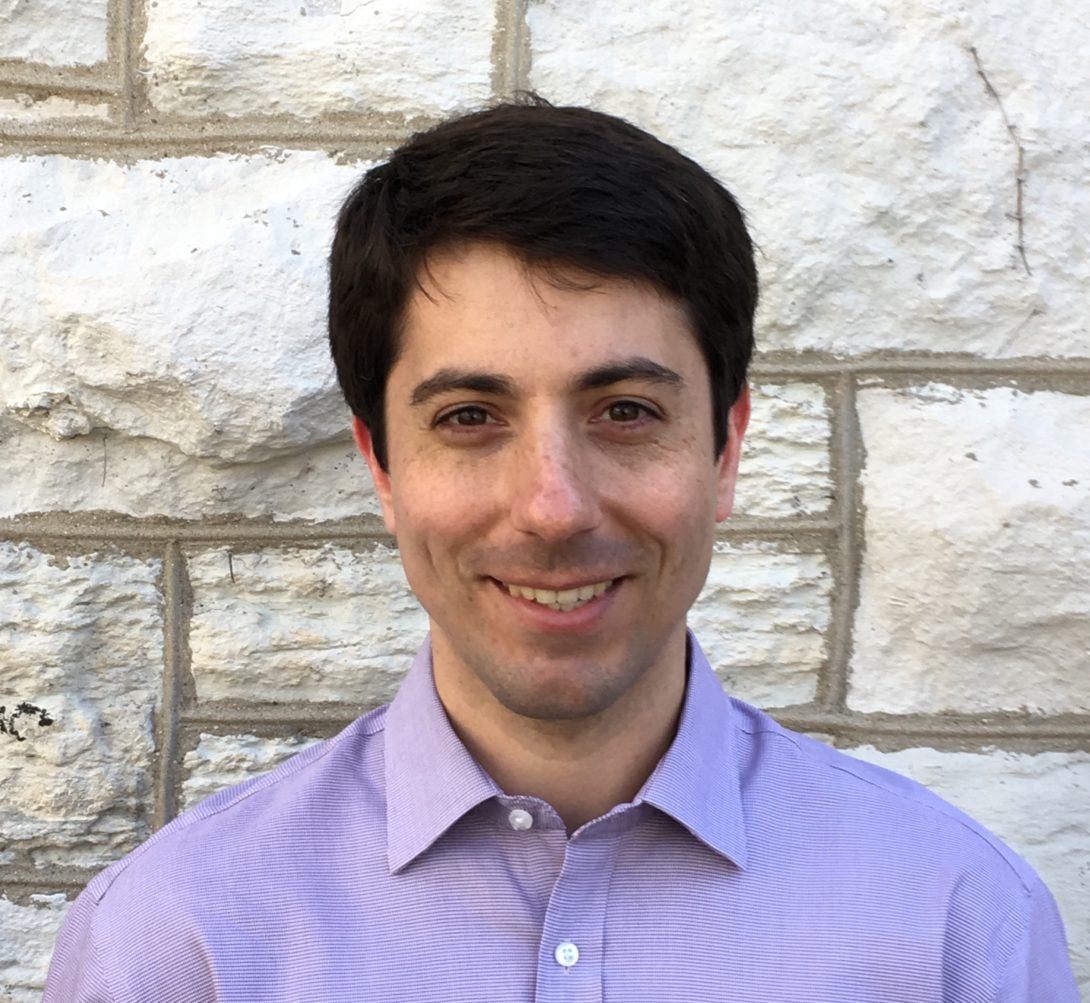Matthew Daly receives prestigious NSF CAREER Award to investigate alloys

Matthew Daly, assistant professor in civil, materials, and environmental engineering, has received a Faculty Early Career Development Program (CAREER) award from the National Science Foundation (NSF) to support his work investigating how metals and alloys deform.
The CAREER award is the NSF’s most prestigious award in support of early-career faculty. With this grant, Daly will work to understand how the mechanical properties of alloys (mixtures of metals) can be improved while simultaneously reducing their weight. He is looking into the fundamentals of the organization of elements in alloys and how patterns in organization can drive specific mechanical properties.
The result could have applications in fuel efficiency and extended battery life in vehicles.
“Our guiding hypothesis is that organization of elements holds an under-recognized role in determining mechanical properties,” he said. “This role may be as important as the selection of elements themselves. You can have all the correct ingredients, but if you organize them in an unfavorable way, your alloy may not perform optimally.”
The “recipe” for making these materials determines how it will behave and how it will deform under testing. To test the materials, Daly will both use computational models to simulate deformation and design physical experiments to measure mechanical properties.
“There’s a synergy where the information from experiments can help guide computational models,” he said. “And the experimental data is useful to help me test whether or not the computational model is correct.”
In addition to the research, Daly is planning to integrate an educational component to his work. He teaches an introduction to material science class, which is taken by students from several engineering departments. In the course, he discusses the way in which atoms are organized in materials. He noticed that some students have difficulty visualizing this organization.
To help, Daly will develop computational models in which he will simulate how atoms are organized in a 3D space. This will allow him to present the content using virtual reality tools in the classroom.
“The idea is really to take the research data that we’re generating and translate it into virtual reality and then use that when I teach the course,” he said. “instead of people having to try to imagine things in their head, they can see it directly in VR.”
Learn more about Daly’s research at the Advanced Materials and Microstructures Lab.